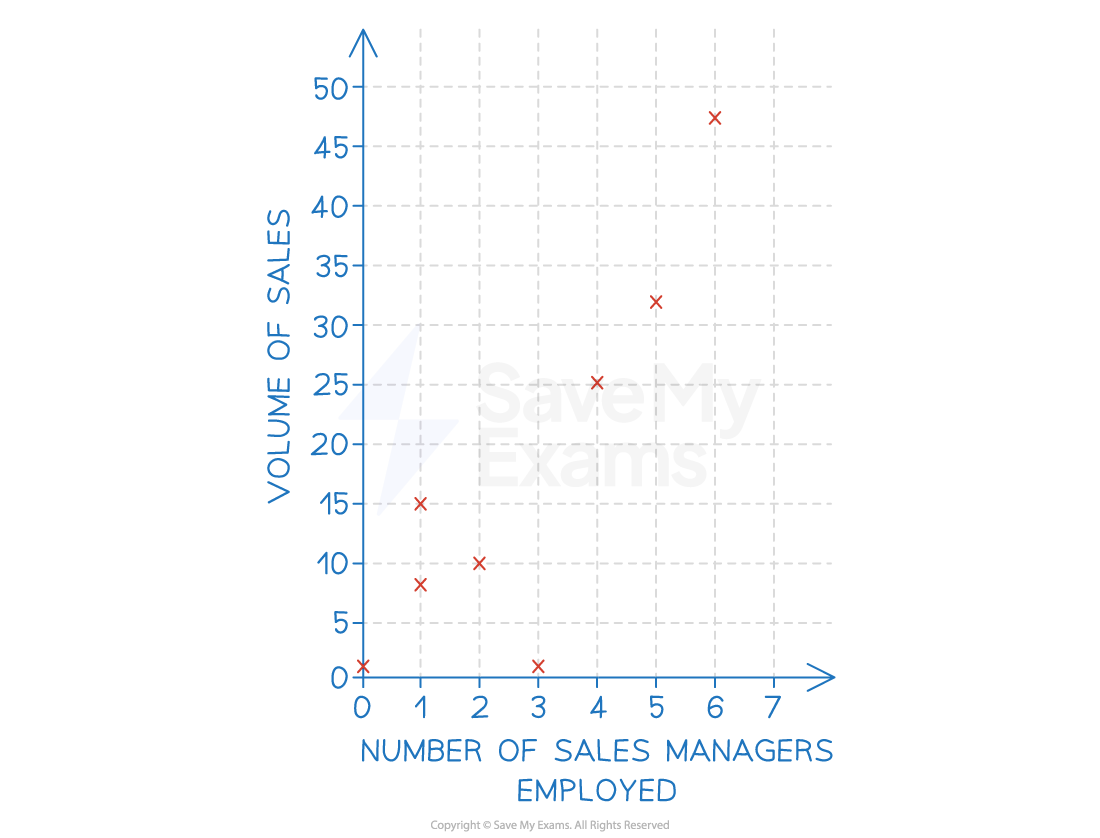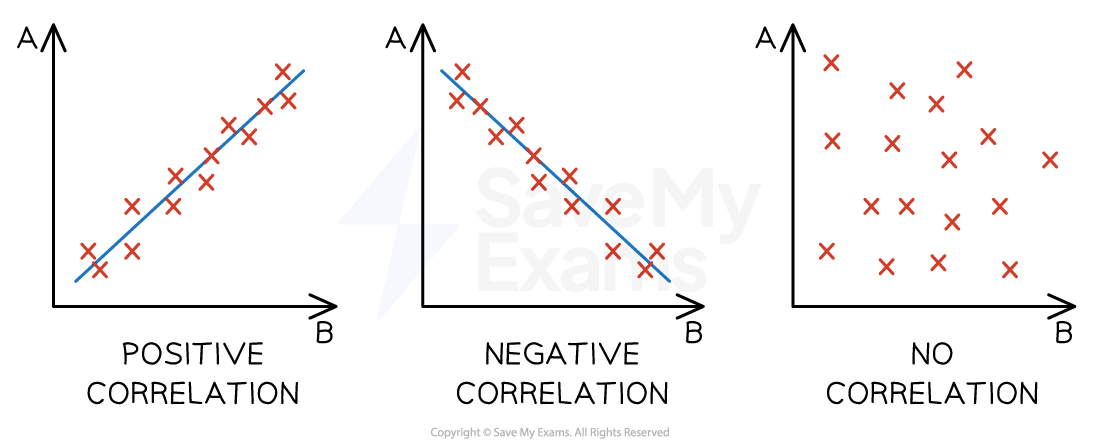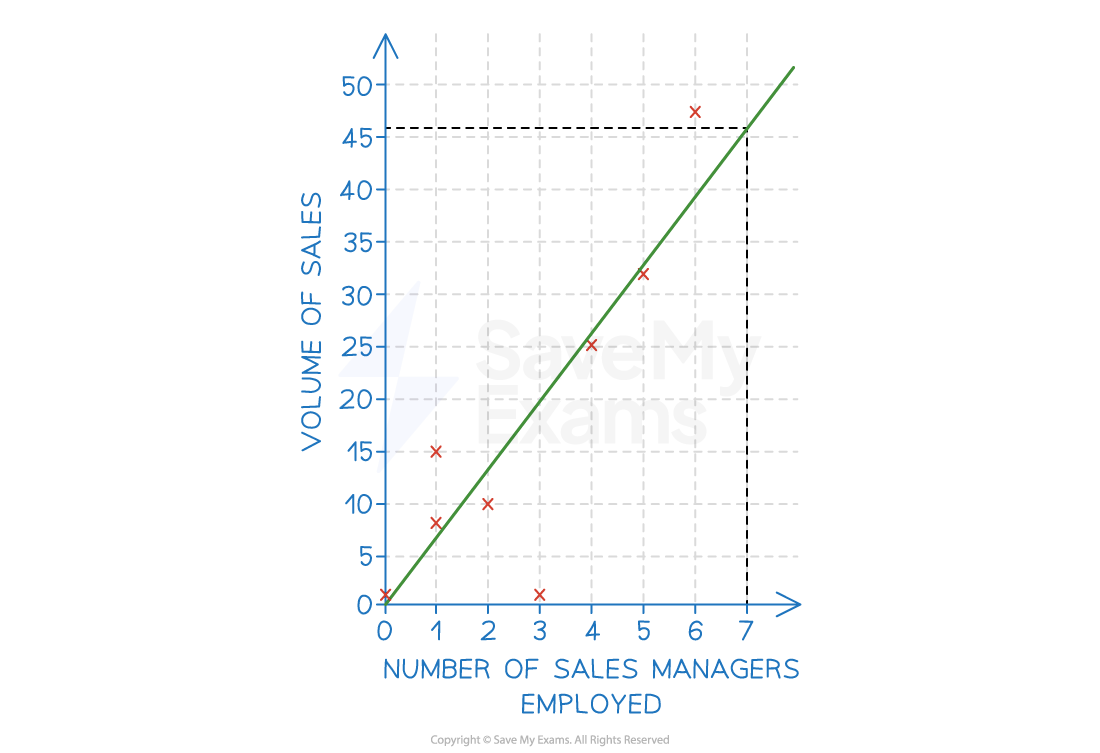Market Research Data (Cambridge (CIE) A Level Business): Revision Note
Exam code: 9609
Reliability of market research data
Market research is a valuable tool that helps businesses make informed choices about, for example, product development, pricing and promotion
However, if the data collected is unreliable, it can lead to poor decisions that waste time, money and resources
Why market research data can be unreliable
Reason | Explanation | Example |
|---|---|---|
Respondents may not give truthful or accurate answers |
|
|
Questions may be poorly designed or unclear |
|
|
Secondary data may be outdated or collected for a different purpose |
|
|
Data collection methods may be inconsistent or poorly managed |
|
|
Analysis of quantitative and qualitative market research data
Quantitative data
Quantitative data is based on numbers
It could include financial reports (e.g. sales, costs), market data (e.g. market share) or summaries of data gained from primary research (e.g. on a scale of 1–10, rate our customer service)
It is beneficial for a range of reasons
Percentages, scores, or yes/no answers are straightforward to organise, compare and present using graphs or charts
Large amounts of numerical data can reveal clear patterns in customer behaviour over time
E.g. A clothing retailer may notice that online sales increase by 20% every November, helping them plan future promotions
Analysis of quantitative data using mean, median, mode and range
Term | Definition | How to calculate | Example |
|---|---|---|---|
Mean |
|
| |
Median |
|
| |
Mode |
|
| |
Range |
|
|
Qualitative data
Qualitative data gathers descriptions or explanations
These can be based on conversations, discussions, impressions and emotional feelings and are usually gathered through primary research
It helps businesses understand not just what customers do, but why they do it
By listening to detailed customer feedback, businesses can make meaningful improvements to products or services based on real user experiences
E.g. A technology company might learn from a focus group that users find a mobile app too complicated, leading to changes in layout and features
Analysis of qualitative data
Businesses often analyse qualitative data through a process called coding
This is where similar responses or themes are grouped together, so the business can identify patterns and common issues
Each theme is given a code to make it easier to sort and compare
Case Study
Coding in action

A mobile phone company collects hundreds of open-ended survey responses asking customers what they like or dislike about a new handset
Marketing researchers read through the comments and assign codes:
“BAT” for battery life
“CAM” for camera quality
“EAS” for ease of use
“DES” for design and appearance
After coding the responses, they may notice that many customers mention “BAT” (battery life) negatively
The business can then use this insight to improve the battery in the next version of the product
They may also adjust their marketing to focus on features that customers value more positively
Limitations of quantitative and qualitative research data
Limitations of quantitative data | Limitations of qualitative data |
|---|---|
|
|
Interpretation of tables, charts and graphs
1. Tables
Tables summarise data in an organised form

The table shows that:
Flashmaster generates the highest sales in each period
Sales of LumoLens are lower at the end of the year than at the start of the year
2. Graphs and charts
Data contained in graphs and charts can be important sources of marketing research
Data may be presented in a range of forms
Bar charts
Bar charts show data that are independent of each other, such as sales per store

Pie charts
Pie charts show how a whole is divided into different elements, such as total sales divided amongst different product types

Scatter graphs
Scatter graphs allow businesses to compare two variables, such as sales volume and advertising, to establish if there is any correlation between them

A correlation exists where there is a relationship or connection between the two variables in a scatter graph
A positive correlation means that as one variable increases, so does the other variable
A line of best fit that slopes upwards can be identified
A negative correlation means that as one variable increases, the other variable decreases
A line of best fit that slopes downwards can be identified
No correlation means that there is no connection between the two variables
It is not possible to identify a line of best fit
Correlation types

Where a line of best fit can be identified and when causation is determined, a business can extrapolate data to make predictions around changes to either of the variables
E.g. extrapolation of the line of best fit in the example below means that the business could predict that employing seven sales managers would likely result in sales of 46 units
Extrapolation using a line of best fit

Examiner Tips and Tricks
When drawing a line of best fit, you should try to include as many data points above the line as below the line
Watch out for outlying data — if there is more than one outlier above the line, adjust your line of best fit upwards
Similarly, if there is more than one outlier below the line, adjust your line of best fit downwards. Just one outlier should not influence your line of best fit

Unlock more, it's free!
Did this page help you?